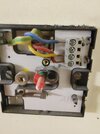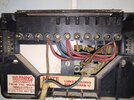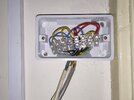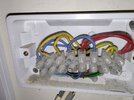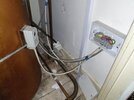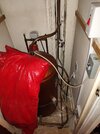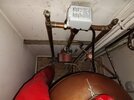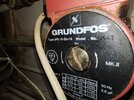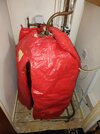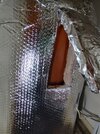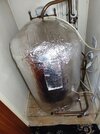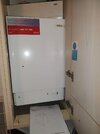I am looking to replace an old Potterton EP2002 programmer and a BG RS2 thermostat with the Hive Active Heating and Hot Water thermostat. My heating system is a gravity-fed Main HE system boiler.
From what I gather, I need to disconnect the L-5 link, relocate the remaining 5 wire to the L terminal on the Hive backplate, and transfer the N, L, 1, 3, and 4 wires to the new backplate unchanged. Additionally, I should connect the D wire to a connector. Is my understanding correct?
I would greatly appreciate advice on this process, as well as assistance in identifying the L and SL wires from the PS2 thermostat in the junction box located in my airing cupboard. My intention is to remove the PS2 thermostat and install the Hive thermostat in its place.
Thanks in advance.
From what I gather, I need to disconnect the L-5 link, relocate the remaining 5 wire to the L terminal on the Hive backplate, and transfer the N, L, 1, 3, and 4 wires to the new backplate unchanged. Additionally, I should connect the D wire to a connector. Is my understanding correct?
I would greatly appreciate advice on this process, as well as assistance in identifying the L and SL wires from the PS2 thermostat in the junction box located in my airing cupboard. My intention is to remove the PS2 thermostat and install the Hive thermostat in its place.
Thanks in advance.


